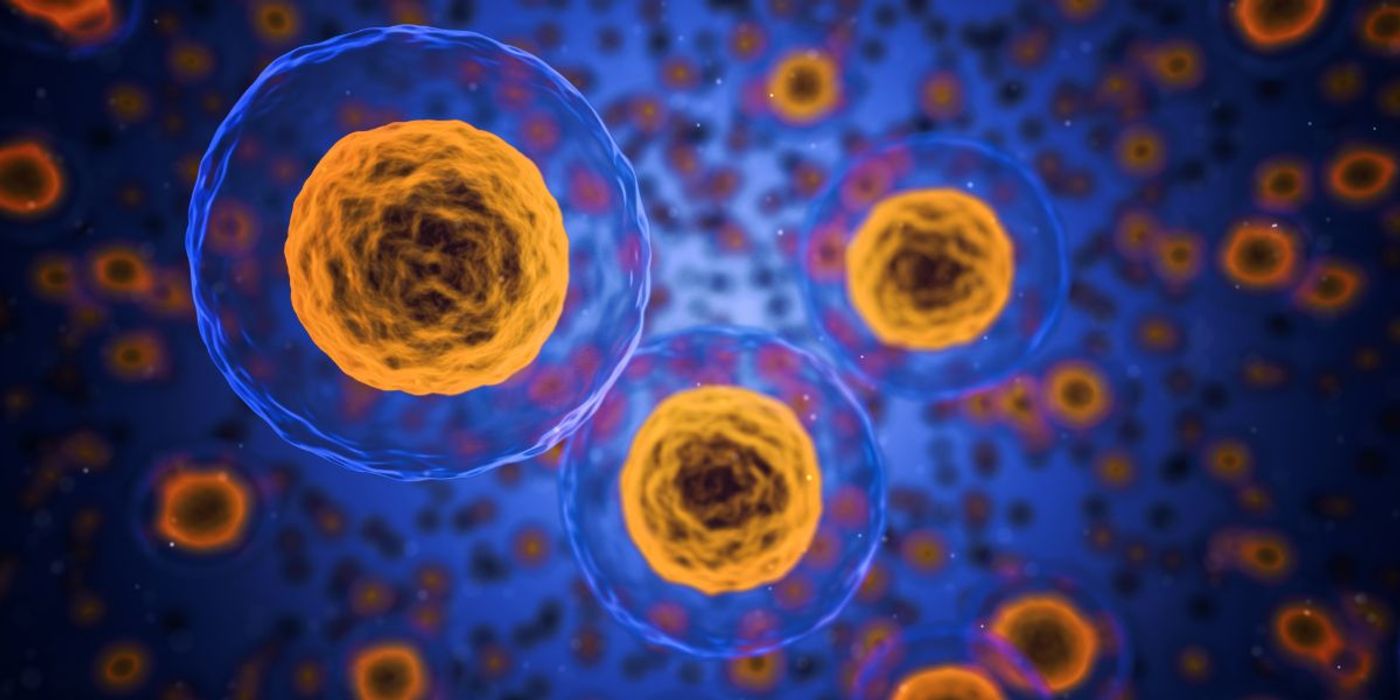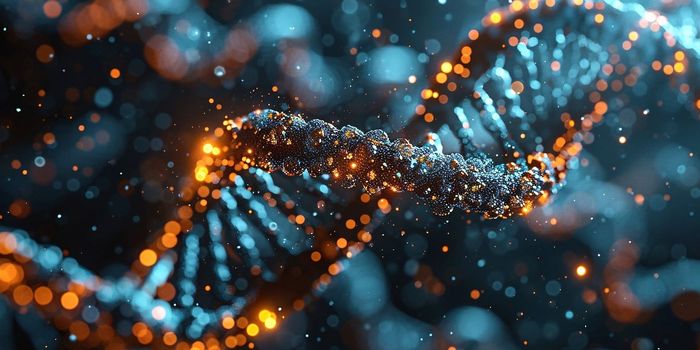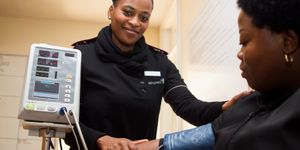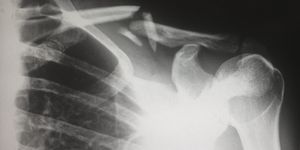New Gene Therapy Uses Exosomes to Reverse Disease
Researchers at Ohio State University have developed a new gene therapy that makes use of exosomes, fluid sacs released in cells, to carry therapeutic tools to targeted sites around the body. A process known as nanoporation, the team claim it has the potential to reverse diseases such as Alzheimer’s and Parkinson’s.
To develop the therapy, the researchers placed around one million donated human cells, including adult stem cells, on a nano-engineered silicon wafer. Then, using an electrical stimulus, they injected synthetic DNA into these cells. This then caused them to expel unwanted contents as part of DNA transcribed messenger RNA (mRNA) to fix gaps in their membranes. In doing so, they also ejected unwanted materials into exosomes, which contained the drug.
By using electrical stimulation in this way, the researchers were able to quickly increase the number of therapeutic genes in a large quantity of exosomes. Whereas previously such a task would be more laborious and time-consuming, the researchers say that the speed and efficacy of their process makes it efficient enough to one day become a viable treatment option for humans.
To understand the efficacy of the technique as a treatment option, the researchers used it to treat mice with glioma brain tumors. In particular, they chose to deliver a gene called PTEN, a cancer suppressor gene, as certain mutations are unable to suppress cancer cells, and thus allow them to proliferate at an alarming rate.
Following their experiments, their results showed that mice who received the new gene therapy practice were far more likely to see their brain tumors grow at a reduced rate when compared to other methods used as controls.
Senior author of the study, Professor L James Lee said, “The advantage of this is there is no toxicity, nothing to provoke an immune response...Exosomes go almost everywhere in the body, including passing the blood-brain barrier. Most drugs can’t go to the brain.”
He continued, “Hopefully, one day this can be used for medical needs..We’ve provided the method. If somebody knows what kind of gene combination can cure a certain disease but they need a therapy, here it is.”
Sources: Drug Target Review and Health Europa









